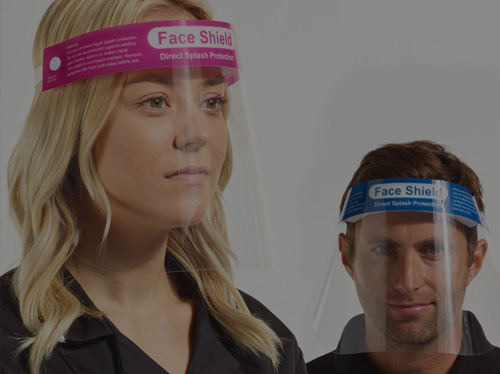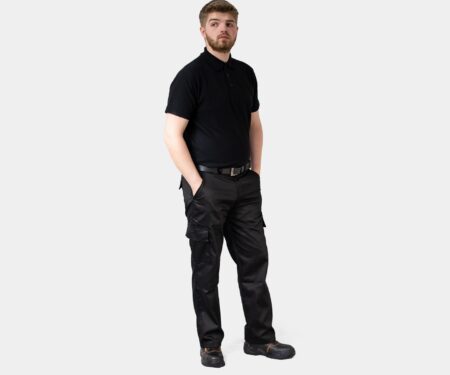Health and safety in the UK is constantly evolving. A lot of information you may have heard regarding health and safety is likely to now be outdated, however, there is some health and safety information that is likely to never change. The health and safety tips in this article are designed to help employers protect the workplace environment.
1. Take a look at the risk
The quickest way to see whether there are any threats is to carry out a risk assessment. This will help identify any risks within the workplace. Qualified members of staff should perform risk assessments only. This helps to effectively and proactively reduce risk. Furthermore, this will identify when risks are most likely to happen, which allows you time to implement a strategy to reduce it.
2. Learn from those around you
Those that regularly work around hazards are likely to know good health and safety practices.
You can observe others to discover exactly how they like to work. This can help you to play to both their strength and weaknesses and identify potential hazards. This could produce risks, which you may never have noticed. With additional knowledge, you can address the issues quickly and efficiently.
3. Log everything
Paperwork can reduce your time and add security, especially if you are a small business. Ensure you have a detailed log of accidents, as well as an action and solution plan for any workplace health and safety scenario. This can quickly reduce the chance of a claim being made against you. As it is a legal duty of an employer to ensure the safety employees, a written log is a great way to keep track.
An accident book can be given to your managers and those of authority to note all accidents and close calls. Another great thing to keep a record of is the PAT testing carried out in your workplace.
To read more about an employers duties, please visit the article: WHAT PPE ARE EMPLOYERS REQUIRED TO PROVIDE?
4. Readability and understanding
You may plan to write your own health and safety policies, however, you should note that there are a few points you should take into consideration before doing so. The first should be taking out risk assessments to ensure your policy reduces these risks. The second should be understanding how your employees work and tailoring the policy around them. The third would be to ensure readability and understanding, without this your policy will be ignored or incorrectly implemented.
5. Spring cleaning
Keeping your workplace clean can be beneficial to health and safety. This is due to the many risks that develop from an untidy or messy workplace. From trip hazards to slip hazards, an unorganised environment can be a dangerous place. Rubbish left on the floor can cause injuries. Items, liquids or foods left on a desk or workstation could also pose potential risk to health. It is important to keep a clean and tidy workplace.
6. Regular maintenance is key
Any equipment that can be serviced on a regularly basis, should be. This can reduce the amount of potential hazards caused by broken or malfunctioning machinery. You can set a schedule for each item based on how often they are used. There are many companies that offer support and maintenance contracts to keep this updated for you.
7. Keep your staff on their toes
Emergency drills such as fire drills are a great way to ensure everyone is up to date on the latest procedures. Making sure that staff are aware of all fire exits, routes and what needs to be kept clear at all times is vital in ensuring safety in the event of an emergency.
Present your fire safety and evacuation plans to your staff both when each employee starts and at intermittent times throughout the year.
8. PPE & First Aid
PPE should be provided for your employees to help protect them against hazards that cannot be removed. Keeping these items well stocked should be the main focus in protecting your employees when the hazard remains.
There should also be a first aid officer always on site.
9. Awareness of your employee’s needs
Some employees may be more prone to risk and therefore be more vulnerable than others. This vulnerability could be brought on through age, disability, pregnancy and more. These individuals may need to be supervised or assisted in the event of an emergency. Knowing your staff is the best way to keep them protected.
10. Managing stress
One of the most common causes of accidents in the UK is down to a lack of concentration, which is often due to stress. An employee can do many things to help reduce stress levels. Workplace incentives and a friendly environment can help reduce the stress of staff.






![clearpay1]](https://www.siteking.co.uk/wp-content/uploads/2023/03/clearpay1.jpg)








